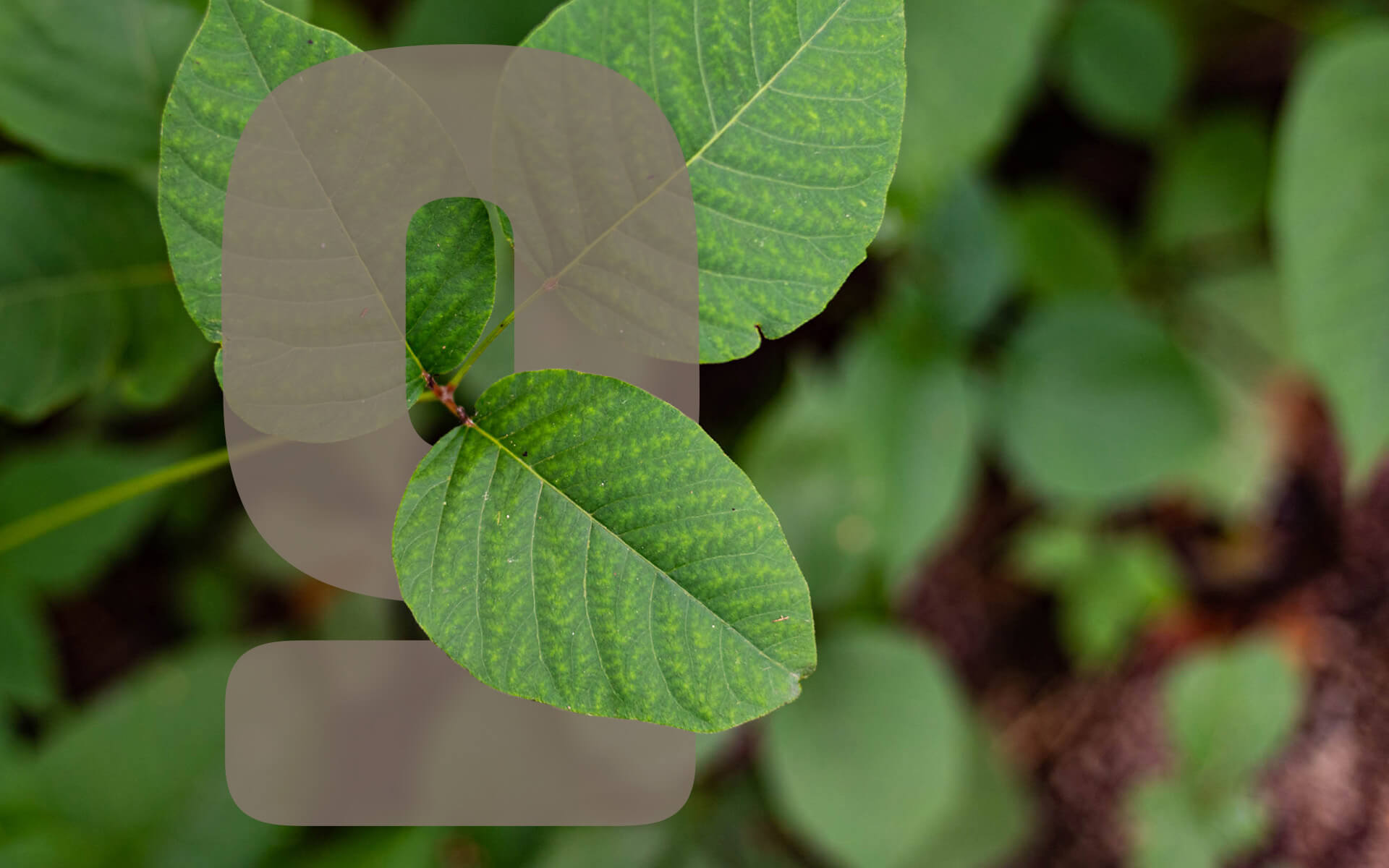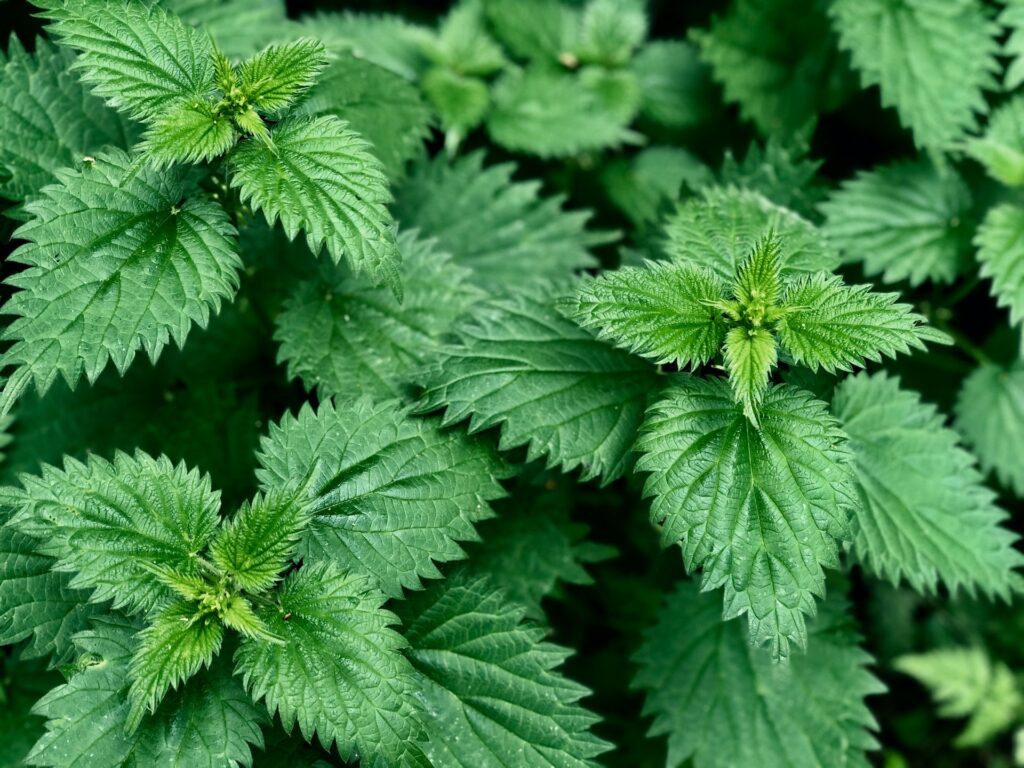
Hands Off! What Plants Should Not Be Touched?
We are reader-supported. When you buy through links on our site, we may earn affiliate commission.
Most plants mean humans no harm. They provide multiple benefits in terms of nutrition and even deliver immunity-boosting phytoncides to keep your body’s defenses running strong. They also form the building blocks of nearly every modern healing medicine.
However, the same properties that give plants their efficacy for so many things can sometimes hurt human health. Certain chemicals can cause skin irritation — or worse. It helps to know what you should avoid. Here are eight plants that should not be touched.
1. Poison Ivy
Nearly everyone knows about this notorious plant. Poison ivy can cause extensive skin rashes and blisters with severe itching that lasts anywhere from a few days to several weeks.
You might have heard the old poem “leaves of three, let it be” when it comes to identifying this plant. This shrub or vine — there are 30 species in all — contains compound leaves that grow in 3-leaf clusters, with the middle one larger than the rest. It’s easy to confuse with Japanese honeysuckle and Virginia creeper, although the latter typically has five leaflets. It can be shiny or dull. Some people mistake blackberry or raspberry brambles for the hands-off plant.
If you touch poison ivy, your best bet is to thoroughly wash your hands and any exposed areas. What if you’re in the wild when your misstep occurs, and you don’t have a sink handy? In that case, try to find some jewelweed. Break off a stem and put the juice on your flesh — it’s also useful for mosquito bites.
2. Poison Oak
This plant is closely related to poison ivy and sumac. However, you can tell the difference. Poison ivy typically takes a more vine-like shape with the 3-lobed leaves spread wide apart. Conversely, poison oak grows closer to the ground with more closely clustered leaves that resemble those of oak instead of jagged spears. While either species can grow nearly anywhere in the United States, poison oak tends to thrive in western dry pine areas.
Poison oak creates similar symptoms to poison ivy, and the treatment is the same. However, you may need to seek emergency medical care in extreme cases. People with severe allergies can develop anaphylaxis and die, but modern facilities have medications that can quickly reduce swollen air passages, allowing you to breathe. Some people who recover from such an event grow less sensitive afterward, while others become more sensitive — your best bet is to steer clear.
3. Poison Sumac
Poison sumac produces many of the same symptoms as its oak and ivy cousins. However, it looks a bit different. This plant grows as a shrub or a small tree, but you can forget about the leaves of three bit. Instead, it produces 7 to 15 leaflets approximately two to four inches long and ¾ to two inches wide. The stems and leaf stalks have a bright red color.
This plant thrives best in wooded or swampy environments. It’s also more likely to be misidentified, causing potential respiratory distress if you use burning to clean up unwanted debris on your property. Inhaling the fumes from burning sumac can lead to death and is illegal in several states.

4. Stinging Nettle
Unlike the poison family, many plants that should not be touched have valid medicinal uses. For example, the above-ground parts of the stinging nettle plant help create medicines for diabetes and osteoarthritis.
However, you shouldn’t touch this plant if you spy it growing wild in your garden or yard. The hairs contain formic acid and other irritants. When they make contact with the skin, they cause an itchy rash.
5. Manchineel
Manchineel is a type of spurge tree found in the Florida Everglades. Its other name is manzanilla de la muerte, or “little apple of death.” That should be enough to dissuade you from reaching up and plucking a fruit as a snack. It’s rumored that this tree killed explorer Ponce de Leon.
All parts of this tree are extremely poisonous. Keep your kiddos clear, too, as the fruits can taste sweet and delicious. The sap is extraordinarily toxic and appears everywhere, from the bark to the leaves. Even a tiny bit in your eye can cause temporary blindness. You could even experience irritation should the sap drip onto you — so this tree isn’t the best place to seek refuge from the Florida sun.
6. Gympie-Gympie
Why does it seem like Australia has a prior claim on everything dangerous and deadly? The Gympie-Gympie stinging tree can cause months of pain and suffering if you’re unlucky enough to make contact with this plant that should not be touched. One researcher even required hospitalization — and that was after wearing protective particle masks and welding gloves while working with it.
Tales of horses who make contact with this plant share horrors of the poor beasts throwing themselves off cliffs to rid themselves of the incessant pain. Those who have lived to tell the tale say that the effect is ten times worse than any other agony. History has reports of people going insane from the impact, and this tree came by the nickname “suicide plant,” honestly.
7. Giant Hogweed
You need to be very careful with plants resembling wild carrots. The poisonous water hemlock poses a danger, but only if you ingest the content. Giant hogweed, on the other hand, can irritate on contact.
Fortunately, some varieties grow to 14 feet or higher, making them easy to identify — it looks like a Queen Anne’s Lace on steroids. Brushing this plant releases a sap that can cause a severe burn in 24 to 48 hours when you also expose your skin to sunlight. Since you’re likely to come across this behemoth in the field, stay clear.
8. Tread-Softly
This plant looks delicate and inviting with its tiny white blooms. Unfortunately, it’s covered in small, needle-like hairs that release a toxin when brushed.
This member of the spurge family also contains many of the same properties as nettles. You’ll find it growing wild in Florida, the U.S. version of the great Down Under in terms of dangerous plants and critters. However, some hardy folks add this varietal to their floral gardens — depending on what you can tolerate.
What Plants Should Not Be Touched?
Most plants are friends to humans. Some provide nutrition. Others boost immunity through exposure.
However, there are also those plants that should not be touched — under any circumstances. Avoid the eight varieties above to protect your health.
Share on
Like what you read? Join other Environment.co readers!
Get the latest updates on our planet by subscribing to the Environment.co newsletter!
About the author
Steve Russell
Steve is the Managing Editor of Environment.co and regularly contributes articles related to wildlife, biodiversity, and recycling. His passions include wildlife photography and bird watching.





